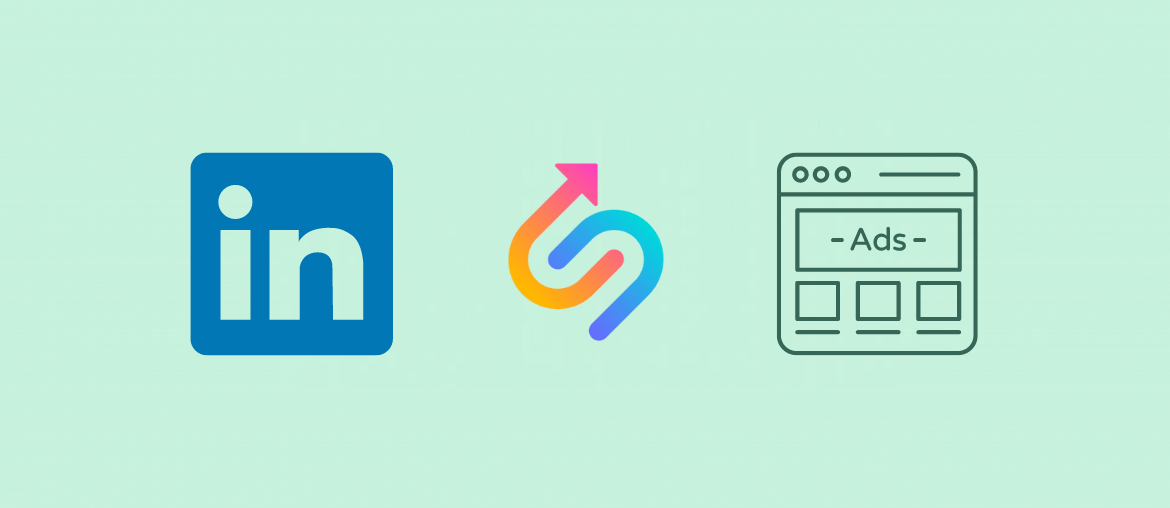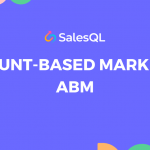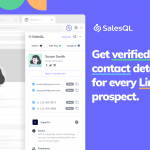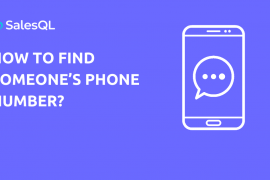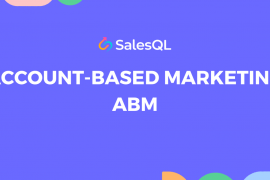Table of Contents
Introduction:
In the realm of B2B marketing, precision is the name of the game. The ability to target the right audience at the right time can be the difference between a successful campaign and wasted resources.
This tutorial will guide you through a proven B2B marketing strategy that combines the power of LinkedIn Sales Navigator, the efficiency of SalesQL, and the vast reach of social media advertising.
1. LinkedIn Sales Navigator: Your Starting Point
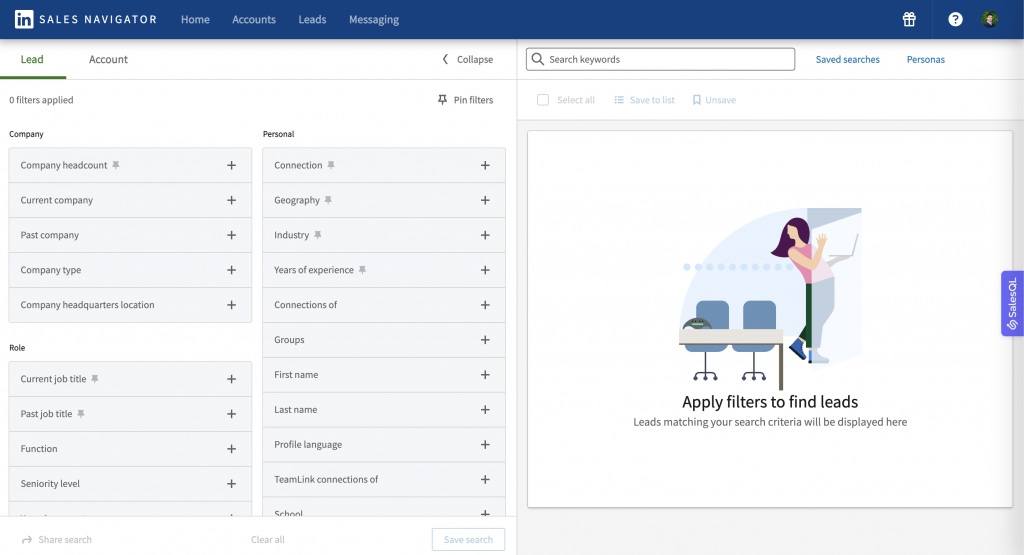
LinkedIn Sales Navigator is a premium tool that offers advanced search capabilities, allowing marketers to pinpoint their ideal audience. Here’s why it’s invaluable:
- Advanced Filters: From job roles to company size, Sales Navigator offers detailed filters to narrow down your audience.
- Lead Recommendations: Based on your search criteria, you can obtain suggestions for potential leads.
- In-depth Insights: You can understand key decision-makers and stay updated with real-time insights.
2. SalesQL: The Cornerstone of Your B2B Marketing Strategy
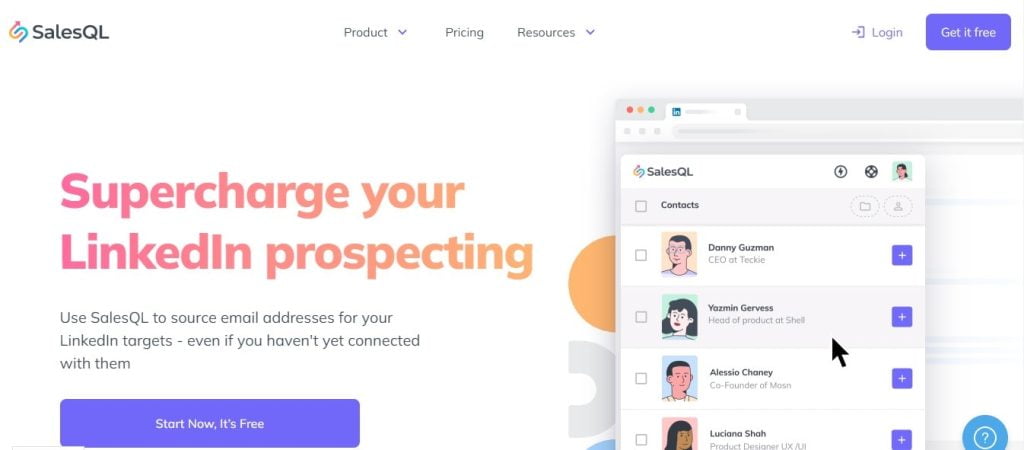
SalesQL: More than just a tool – it’s your assurance in obtaining premium-quality contact data. In an era where precision matters, SalesQL delivers unparalleled accuracy in every lead.
Once you’ve identified your target audience on LinkedIn, the next step in your B2B marketing strategy is to obtain their contact information. This is where SalesQL shines:
- Precision: Find only the data you need, from email addresses to professional phone numbers.
- Export Flexibility: Easily download your extracted data into a CSV file, making it convenient for further analysis or integration into other tools.
- Dedicated Integration: Designed specifically for LinkedIn and its suite of tools, including Sales Navigator and Recruiter, ensuring a seamless and efficient data collection process.
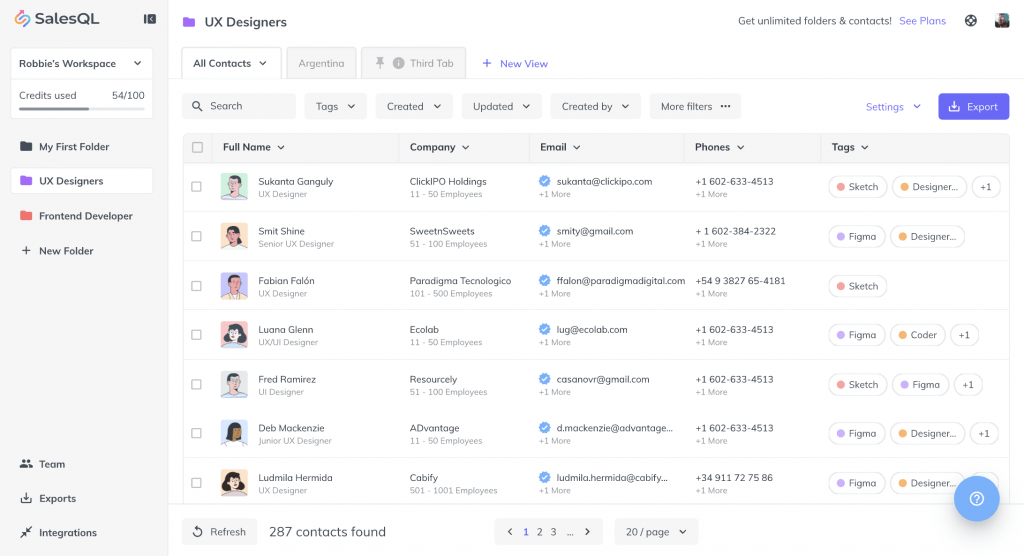
While SalesQL is a powerful tool, it’s designed to be respectful of LinkedIn’s guidelines. To ensure you’re making the most of both platforms without any hiccups, it’s a good idea to familiarize yourself with best practices. For a deeper understanding, check out our guide on responsible use of LinkedIn.
3. Crafting Resonant Ad Creatives
With your audience identified and contact data in hand, it’s time to create ads that resonate:
- Speak Their Language: A great ad should address your audience’s pain points and aspirations. Before thinking creativity, think clarity.
- Visual Appeal: You should use compelling visuals that align with your message.
- Clear Call-to-Action: Every ad should have a launchpad. With a CTA, you can signpost your audience to the next steps and keep them moving through the funnel.
4. Choosing the Right Advertising Channel
There are numerous platforms that allow you to run ads. Some of the most popular ones include:
- Facebook/Instagram: Ideal for lower-cost ads and a vast audience reach.
- Google Ads: Target specific keywords and appear at the top of search results.
- Twitter: Engage a professional audience with concise, impactful messages.
- TikTok: A newer platform, but with a growing audience that’s worth exploring.
- LinkedIn: A powerful platform for B2B advertising, though it often comes with higher costs compared to other platforms.
For this guide, we’ll focus on Facebook/Instagram due to its cost-effectiveness and vast user base.
5. Implementing Your B2B Marketing Strategy on Facebook/Instagram
With your ad creatives ready, it’s time to launch. And here we’re going to focus specifically on Facebook and Instagram.
- Uploading Your Data: Use the CSV file from SalesQL to upload your targeted audience data to Facebook Ads Manager, ensuring precise ad targeting.
- Audience Segmentation: Segment your uploaded audience in Facebook Ads Manager for tailored messaging. Here, you can differentiate ads aimed at decision-makers from those aimed at influencers or other sub-groups.
- Lookalike Audiences: Expand your reach with Facebook’s Lookalike Audience feature, which targets potential leads similar to your primary audience.
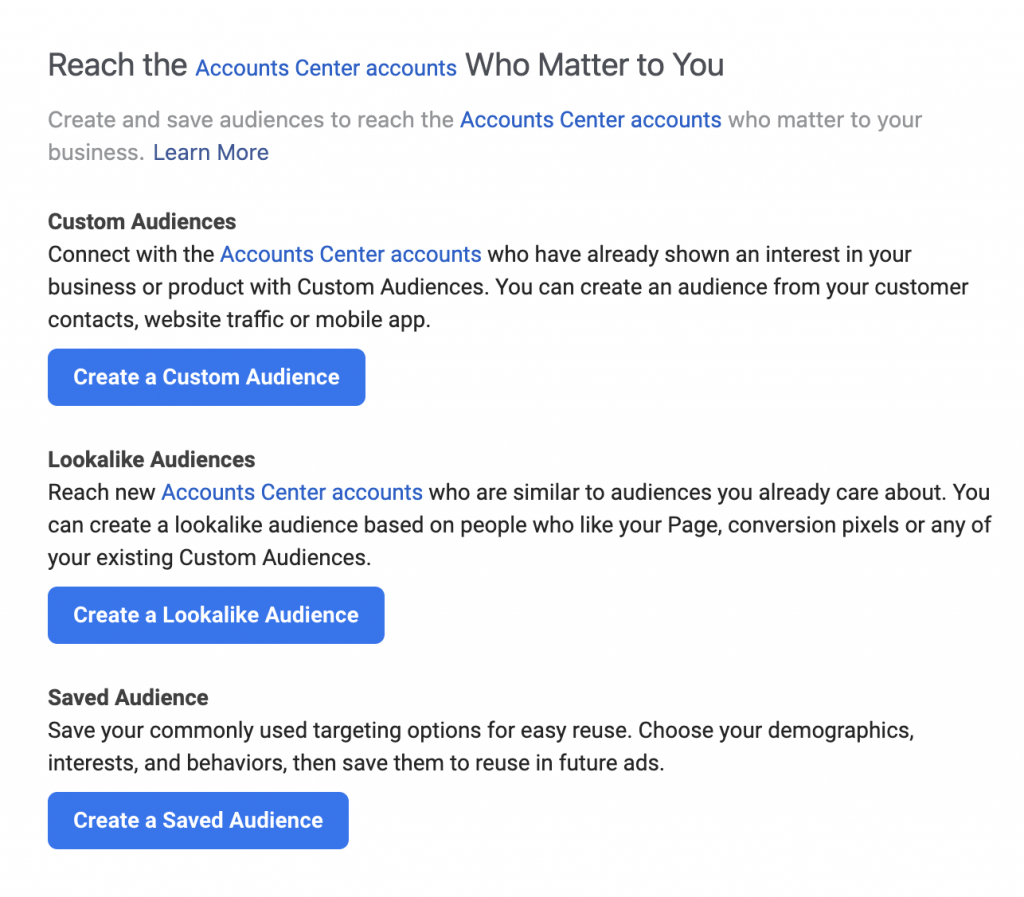
- Budgeting and Scheduling: Allocate your ad spend based on audience size and campaign goals, and schedule ads for peak audience activity times.
- Monitoring: Track ad performance with Facebook’s analytics. Adjust and optimize based on real-time feedback for better engagement.
B2B Marketing Strategy Recap
- Target Audience Identification: Use LinkedIn Sales Navigator to pinpoint your ideal audience for precise targeting.
- Data Acquisition: With SalesQL, access the power of accurate contact information from your identified LinkedIn profiles.
- Ad Creation: Craft impactful ads tailored to resonate with your audience’s needs and aspirations.
- Channel Selection: Choose the advertising platform that aligns with your goals, keeping in mind the balance between reach and budget.
- Implementation on Social Media Ads: Upload your data to your chosen social media platform, segment your audience (using Facebook’s Lookalike Audience feature), and launch targeted ads to maximize engagement and ROI.
To Sum Up…
Mastering B2B marketing strategy requires a blend of the right tools and strategies. LinkedIn Sales Navigator sets the stage by helping you pinpoint your target audience. But the real game-changer is SalesQL, turning those LinkedIn profiles into actionable contact data.
When you combine this precision with the vast reach of platforms like Facebook, your campaigns have the ideal platform for success. In this digital age, it’s about making meaningful connections, and with the right approach, you can elevate your B2B outreach to new heights.

